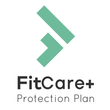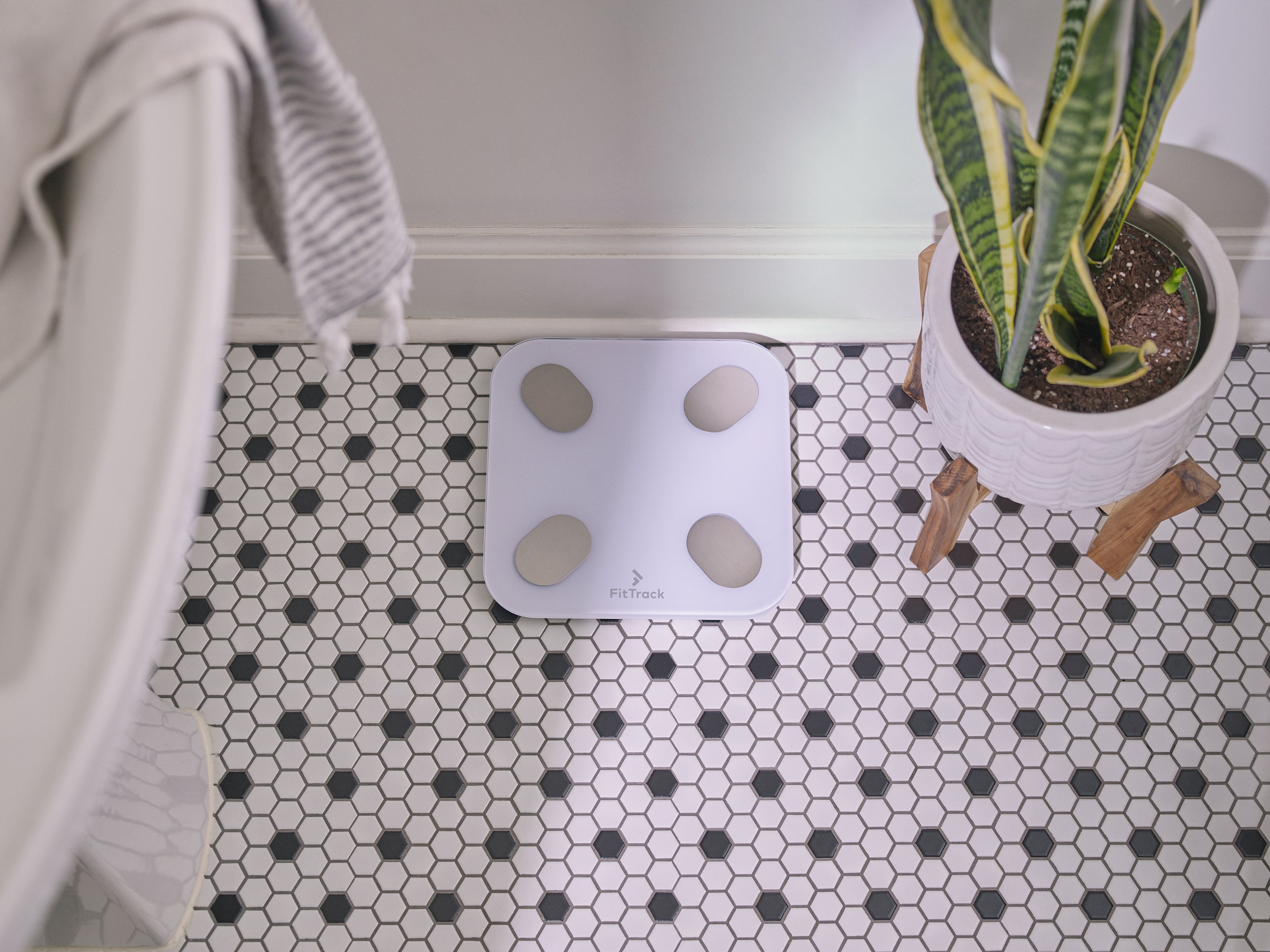Adopting a wellness mindset is key
So we know that to lose weight, we need to burn more calories than we eat, right? There’s a tried and true way to accomplish this, of course: increase your activity level while reducing your caloric intake.
It’s not exactly rocket science, yet so many of us struggle with overeating and under-exercising. (Who wouldn’t prefer a big plate of fries and gravy over a high-intensity workout of burpees, jump squats, and mountain climbers?)
Thankfully there are some nearly no-brainer tweaks you can make to your diet in order to cut calories, helping to ensure you stay in a caloric deficit and lose the weight you want.
Simple Swaps
Coffee-drinker? Swap the half-and-half (120 calories) for milk (31). Or go even further and ditch the latte (about 200 calories in a 16-oz beverage) for a black coffee (less than five calories and zero fat).
Love your carbs? They aren’t the enemy, but unless you want to build and bulk up, you do need to know which carbs to eat and which ones are a “sometimes” choice. Try veggie noodles instead of regular pasta, and cauliflower rice for white rice. Have an open-face sandwich, or nix the bun on your burger to save around 200 calories.
Need a sub for mayo and butter? Grab an avocado – it’s not just for tacos and tortilla chips! Put avocado on your burgers, sandwiches and blended up in homemade salad dressings. You’re adding a bunch of vitamins and minerals (including C, E, K, and B6), Omega-3 fatty acids, fiber, and a whole lot of yumminess – and for way fewer calories. Slather one tablespoon of avocado on your burger for just 18 calories, while the same amount of mayo is about 100.
Other good substitutions? Scrambled eggs or oatmeal for sugary cereal; frozen banana “ice cream” (whiz frozen bananas in a blender with some vanilla, a pinch of cinnamon, and a little splash of unsweetened oat milk) for regular ice cream; thin crust pizza for deep dish; gin or vodka for beer and wine; and raw veggies with a dip made of yogurt and fresh herbs instead of chips or crackers with mayo or sour cream-based dips.
Cut These Out
We don’t generally like a “never” list, but making an effort to cut out some high-sugar options is a good idea for both your waistline and overall health. A diet high in sugar not only leads to weight gain, it’s also linked to diabetes, raises blood pressure, and increases inflammation in the body, all of which are bad for your heart. For many of us, added sugar most often comes in liquid form, adding unwanted calories (one can of Coke has 140 calories), harming our bodies, and providing no nutritional benefits.
Because of this, most experts suggest you stop adding sugar to coffee and tea, nix the pop and soda (even sugary fruit juices do your waistline a disservice), stop the 3 pm chocolate bar pick-me-up and no more eating a row of Oreos while watching Netflix. (Try plain popcorn with a couple squares of dark chocolate instead.)
Change Your Habits
Cook at home (and when you do eat out, box up half to eat at home the next day). Eating at home gives you more control over what you’re eating. Restaurants often serve huge portions, and even healthier dishes are often high in butter and salt. A study by the University of Toronto found that the average restaurant dinner contains more than 1,100 calories (fast food will cost you even more), while the average dinner at home is less than 550.
Sit down when you eat, turn off the TV, and eat slowly. Slowing down and thinking about what you’re eating is part of practicing mindful eating, and it can actually help us eat less.
“The mindless 100 – 300 calories accumulated throughout the day (e.g., two small candies at a co-worker’s desk, a bite of your child’s ice-cream bar, etc.) generally fail to trigger conscious awareness. … [W]e make more than 200 daily food decisions, although we believe we only make about 15. The truth is that we often behave mindlessly around food and although some may discount 100 – 300 kcal daily, it can amount to a 10½ - 31 lbs. weight gain in a year,” according to a story by NASM Fitness, a leading fitness certification, and training organization.
NASM recommends creating “pause points,” which involves keeping less-healthy food options further away or less accessible, or giving yourself something that makes you stop and pause before (or continuing) eating. Studies show that people actually consume less when they have to pause and think about what they’re eating, or make more of an effort to get it. (And if you’re still going to eat the junk food no matter what, don’t keep it in the house.)
Change your cooking techniques - instead of frying, opt for steaming, air frying, grilling, poaching, and roasting (go easy on the oil), and ditch butter for heart-healthy oils like sunflower or olive.
Order dressing on the side, hold the cheese and forget about the gravy. You can save yourself 100 calories or more for each.
Eat on smaller plates, control portion sizes, and don’t worry about eating everything on your plate.
Get enough sleep. We already know this, right? Getting less than seven hours’ sleep each night can up your appetite, increase your hunger hormones, and makes you less able to fight cravings. Plus, feeling sluggish during the day means you’re less likely to exercise.
Eat More of This
Add more veggies! Instead of rounding out a meal with bread, pile on the veggies. “Eating the rainbow” not only adds loads of nutrition, but you can also eat way more for way fewer calories.
Water - This is a given, but some studies have found that drinking water before a meal actually fills you up and helps you eat fewer calories. Simple, right? Drinking two cups of water about 30 minutes before your meal can make you eat 13% fewer calories, according to a study in the Journal of the American Dietetic Association.
Green tea - Some studies show that the polyphenols in green tea (called catechins) can boost metabolism, helping you burn calories – to the tune of 75-100 per day.
Protein - Upping your protein intake does a couple of things: First, it helps build lean muscle mass (coupled with weight training), and muscle burns more calories than fat, even while resting. Second, protein fills you up and helps you feel fuller longer. So, you’ll eat less during your meal, and will be able to go longer between meals without feeling the need to nosh.
Soup - Eating a light soup (we’re not talking cheesy, creamy soups. Opt for a veggie, broth-based one) as a small appetizer before dinner can also help cut calories. Soup actually helps us feel satiated, meaning we’ll eat less of our main meal. A study in the journal, Appetite found that eating soup first can reduce your overall caloric intake by 20%.
Reading labels and counting calories is also important, especially when you’re first making changes and trying to stay on top of what you’re eating. Measuring and tracking your unique body health metrics is also key. We make it simple with our Dara Smart Scale (along with the FitTrack Health App) which measures and tracks 17 body health metrics, including your resting metabolic rate, hydration levels, and muscle mass.
Be creative! With a little thought and planning, plus a little bit of willpower, there are many ways to change what and how you eat, making it easy to cut calories and increase your overall health and wellbeing.







